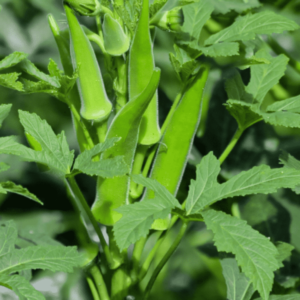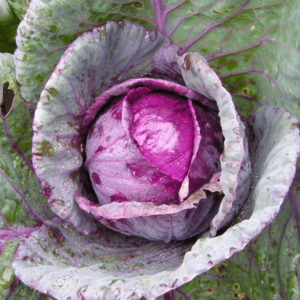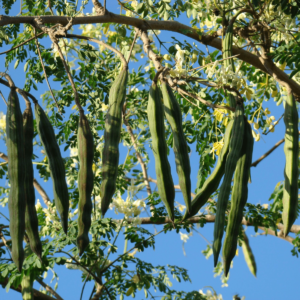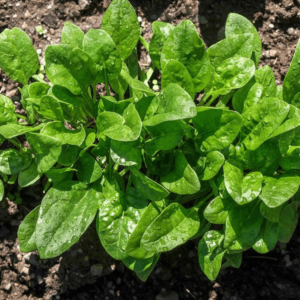Winter Season Vegetable Seeds Combo 5
- Brand: Plantozia
₹99.00₹299.00 (-67%)
Out of stock
- Packet contains : 4-Type Seeds.
- Combo Seeds: Water Spinach Seeds, Yellow Cauliflower Seeds, Coriander Leaves Seeds, Cucumber Seeds.
- Sowing season : Winter Season Vegetable.
- Mode of sowing : Direct seeding or transplanting in pots.
- Germination Time : 7-14 days, depending on temperature.
- Harvesting : Winter Season Vegetable Seeds Combo 5 harvesting time 60-90 days, varies by vegetable type.
WINTER SEASON VEGETABLE SEEDS COMBO 5 GERMINATION PROCESS
Soaking 5-6 hours in the water For Better Results :
Soaking seeds in water before planting can help speed up germination by softening the outer seed coat, allowing water and air to penetrate the seed more easily. This can help to trigger the biochemical processes that lead to the germination of winter season vegetable seeds combo 5.
Use 50% Compost & 50 Soil:
Using a mixture of 50% compost and 50% soil can provide an ideal environment for seed germination. Compost provides organic matter and nutrients that can aid in the growth of the seedlings, while soil provides a stable base for the roots to anchor and absorb water and nutrients. It is important to ensure that the compost used is mature and free from any harmful pathogens that may damage the seeds or seedlings. Additionally, it is recommended to provide the seeds with adequate sunlight, water, and temperature for optimal germination of Seeds.
Do not Overwater:
Use well-draining soil. Soil that doesn’t drain well can lead to waterlogged roots, which can cause root rot and other problems. Check the soil moisture level regularly. Stick your finger into the soil about an inch deep. If the soil is dry, it’s time to water. If it’s still moist, hold off on watering.
After 2-3 Months Enjoy Your Vegetable :
Apply vermicompost twice a week Depending on the size of your plant, apply a small amount of vermicompost to the soil around the base of the plant twice a week. It is essential to avoid over-fertilizing, as this can lead to plant burn or root damage Seeds.
GROWING WINTER SEASON VEGETABLE PLANTS IN POTS :
- Choosing the Right Pots
- Size: Select pots that are at least 10-12 inches deep for adequate root space. Larger pots retain moisture better and allow roots to grow without restriction.
- Material: Use clay, plastic, or fabric pots. Clay pots offer good aeration but dry out faster, while plastic retains moisture longer.
- Drainage: Ensure pots have drainage holes to prevent waterlogging, which can cause root rot.
- Potting Mix Preparation
- Well-draining Mix: Use a light, well-draining potting mix that allows roots to breathe. An ideal mix consists of garden soil, compost, and either sand or perlite.
- Nutrient-rich Soil: Ensure the soil is rich in organic matter by adding compost or organic fertilizers, which support healthy growth during the colder months.
- Sunlight Requirements
- Full Sun: Position pots in an area that receives 4-6 hours of direct sunlight per day. This is critical during the winter months when daylight is shorter.
- South-facing Area: For optimal sunlight, place your pots on a south-facing balcony, window, or terrace to maximize exposure.
- Watering Schedule
- Moderate Watering: Water less frequently than in summer, but do not let the soil dry out completely. Winter vegetables generally require moderate moisture levels.
- Avoid Overwatering: Ensure soil is slightly moist but not soggy, especially on colder days when evaporation rates are lower.
- Temperature Control
- Frost Protection: Shield plants from frost by moving pots indoors or using protective covers such as row covers or plastic sheets at night.
- Cool Environment: Most winter vegetables thrive in cooler temperatures but can suffer in extreme cold. Maintain a stable environment between 10-20°C (50-68°F).
- Fertilization
- Organic Fertilizers: Feed your plants with organic fertilizers like compost tea or a balanced liquid fertilizer every 2-3 weeks to provide necessary nutrients during the growing period.
- Slow-release Nutrients: Consider using slow-release fertilizers that break down over time, ensuring steady nutrient availability.
- Pest Control
- Regular Inspection: Check plants regularly for pests like aphids and slugs, which can still be active in the cooler months.
- Natural Remedies: Use organic solutions like neem oil, insecticidal soap, or homemade garlic sprays to deter pests without harming the plant.
- Pruning and Maintenance
- Remove Dead Leaves: Regularly remove yellowing or dead leaves to promote air circulation and prevent fungal growth.
- Support Structures: For climbing or vining plants, use trellises or stakes to provide support and encourage upward growth in limited spaces.
- Spacing
- Proper Spacing: Avoid overcrowding by planting only 1-2 plants per pot, depending on size. Overcrowding can reduce air circulation and cause plants to compete for nutrients.
- Thinning: If seeds are sown densely, thin seedlings early to maintain proper spacing and healthy growth.
- Rotation and Crop Successions
- Crop Rotation: If you’re reusing pots, avoid planting the same family of vegetables in the same soil season after season to prevent soil-borne diseases.
- Successive Planting: For continuous harvests, stagger planting times or opt for quick-growing vegetables that can be harvested and replanted multiple times in the season.
By following these steps, you can successfully grow winter vegetables in pots, ensuring a healthy and productive garden throughout the cold season.
Additional information
| Weight | 0.1 kg |
|---|---|
| Dimensions | 5 × 5 × 5 cm |
Only logged in customers who have purchased this product may leave a review.














Reviews
There are no reviews yet.